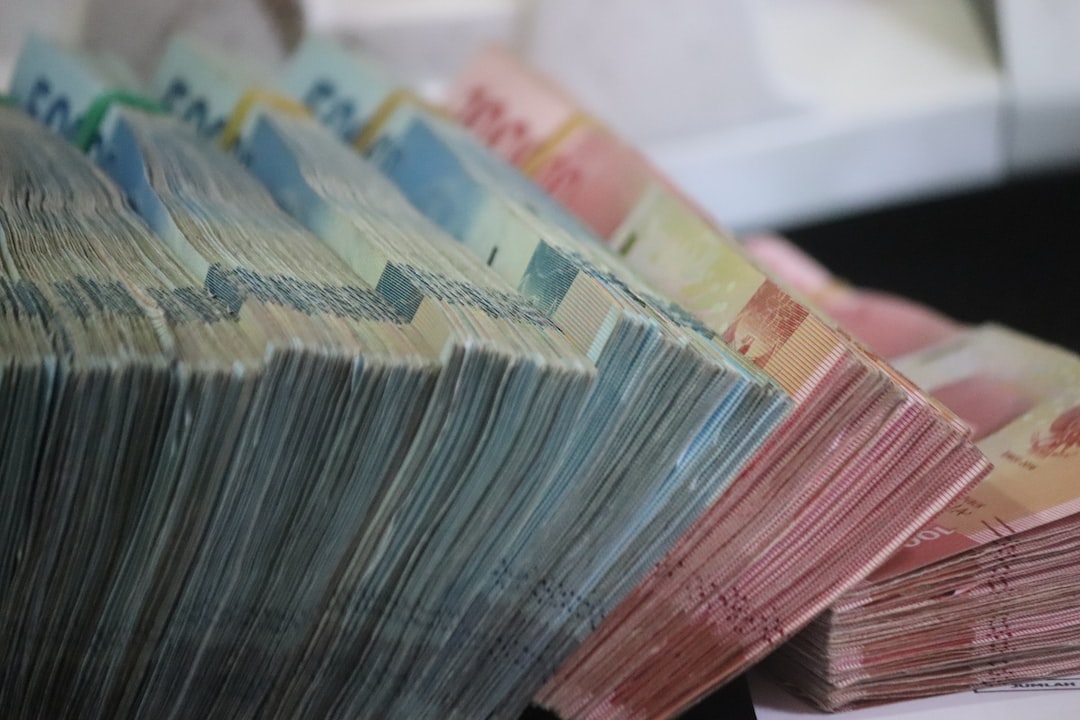Analyzing Historical Trends of Forex Rate USD to INR
The USD to INR exchange rate is one of the most widely traded currency pairs in the forex market. The Indian Rupee (INR) is the official currency of India, while the United States Dollar (USD) is the world’s most dominant reserve currency. Understanding the historical trends of this forex rate is crucial for investors and traders looking to make informed decisions in the foreign exchange market.
The exchange rate between the USD and INR is influenced by a variety of factors, including interest rates, economic indicators, political stability, and market sentiment. Analyzing the historical trends of this forex rate can provide valuable insights into the future direction of the exchange rate and help traders and investors devise effective trading strategies.
One way to analyze historical trends is by looking at the long-term charts of the USD to INR exchange rate. By examining the exchange rate over a period of several years or decades, patterns and trends can emerge. These patterns can help identify support and resistance levels, as well as potential reversal points.
For example, by analyzing the historical charts of the USD to INR exchange rate, we can observe that the exchange rate has been in a long-term uptrend since the early 2000s. This means that, on average, the value of the USD has been increasing against the INR over this period. However, within this long-term uptrend, there have been periods of consolidation and short-term downtrends.
Understanding these short-term fluctuations is also important for traders and investors. By zooming in on shorter timeframes, such as daily or weekly charts, traders can identify short-term trends and potential trading opportunities. Technical indicators such as moving averages, trendlines, and oscillators can be used to confirm and validate these short-term trends.
Fundamental analysis is another important tool for analyzing the historical trends of the USD to INR exchange rate. By examining economic indicators such as GDP growth, inflation, interest rates, and trade balances, traders can gain insights into the fundamental factors driving the exchange rate. For example, if the Indian economy is growing at a faster pace than the US economy, it could potentially lead to a stronger INR and a weaker USD.
Political stability is also a crucial factor to consider when analyzing the historical trends of the USD to INR exchange rate. Political events, such as elections, government policies, and geopolitical tensions, can have a significant impact on the exchange rate. Traders and investors should stay updated on the political landscape of both countries and assess the potential implications on the exchange rate.
Market sentiment is another key factor to consider when analyzing historical trends. Sentiment can be influenced by factors such as investor confidence, risk appetite, and global economic trends. By monitoring market sentiment indicators such as the VIX (Volatility Index), the USD to INR exchange rate can provide valuable insights into market expectations and potential turning points.
In conclusion, analyzing the historical trends of the USD to INR exchange rate is essential for traders and investors in the forex market. By examining long-term charts, short-term trends, fundamental factors, political stability, and market sentiment, market participants can gain valuable insights into the future direction of the exchange rate. This analysis can help traders and investors make informed decisions and devise effective trading strategies in the dynamic and volatile forex market.





